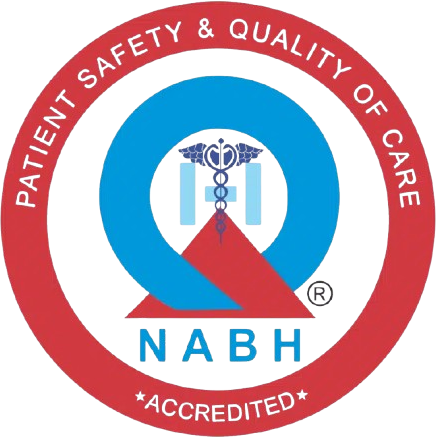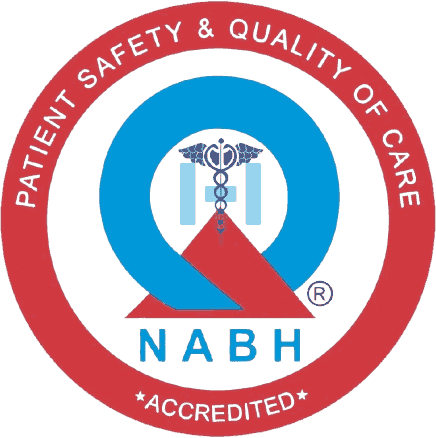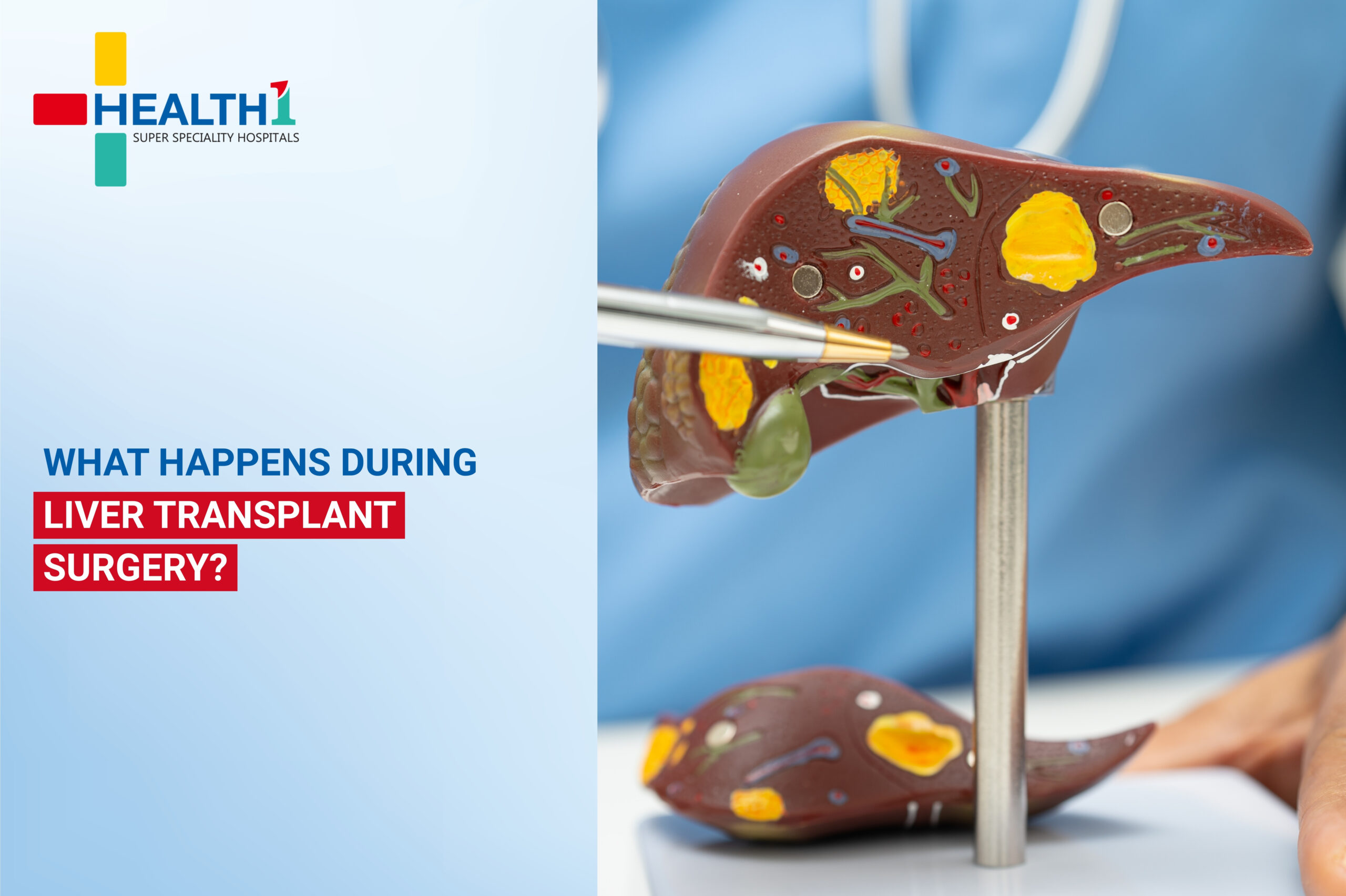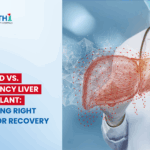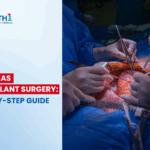The experience of a liver transplant is life-altering and very much a lifesaver. For Ahmedabad patients contemplating the procedure, learning about the complexities of the surgery itself can reduce stress and make you feel better prepared. This comprehensive breakdown will take you through the process, from when you are wheeled into the operating theatre at a super speciality hospital to the early stages of the recovery process within the surgical theatre.
It starts even before the incision is made. Once the recipient has been found to be suitable and Cross-Match has ensured compatibility, the transplant team becomes active at a Premier Liver Transplant Center in Ahmedabad. The team consists of transplant surgeons, anesthesiologists, transplant nurses and other assistant staff.
The day of surgery, you will be admitted and read for the process. This includes the final medical screening, an intravenous line insertion, and a meeting with the anesthesiologist, which will discuss the anesthesia with you. General anesthesia is used, which means that you wo n’t feel anything and will be unconscious during the process. A breathing tube will be placed to help you in breathing during the operation.
The actual surgical process is a delicate and involved procedure that may be several hours long, typically four to twelve hours in duration, depending on the case’s complexity and the condition of the recipient. The main steps in a standard orthotopic liver transplant (the most prevalent form, where the diseased liver is completely excised and replaced) are as follows:
1. Incision and Exposure:
The incision that the surgeon makes is very large in the abdominal cavity. It is usually a “Mercedes-Benz” or a “Chevron” incision, which crosses over the upper abdomen and continues upwards towards the chest area in a V-shaped manner. This offers the best exposure of the liver and its surrounding tissues.
2. Mobilization and Dissection of Recipient’s Liver:
The surgical team very gently dissects the recipient’s sick liver from the surrounding vessels and tissues. This is a cautious procedure because the liver is very vascular, i.e., contains a rich blood network. The surgeon will also precisely detect and separate the larger blood vessels that supply the liver, similar as the hepatic roadway( carrying oxygenated blood), the portal tone( carrying blood from the digestive system), and the hepatic modes( removing blood from the liver). The bile duct, which drains the bile from the liver, is also identified carefully. This phase usually calls for the services of an experienced vascular surgeon Ahmedabad to control blood supply and avoid complications.
3. Resection of the Affected Liver:
After all the major vascular and biliary pedicles are controlled, the affected liver is removed from the abdominal cavity carefully.
4. Preparing the donor lever:
Meanwhile, as the recipient’s liver is being taken out, another group can prepare the donor liver. This would mean flush the organ with a special protection solution and carefully inspect to ensure that it is in the best position for transplantation.
5. Implantation of the New Liver The patron liver is also gently implanted in the philanthropist’s abdominal depression in the exact same anatomical position as the native liver.
6. Vascular Anastomoses (Connections):
This is an important step wherein the surgeon meticulously connects the large blood vessels of the donor liver to the recipient’s respective vessels. This is usually performed by stitching the hepatic artery, portal vein, and hepatic veins together with fine stitches. Secure and blunder- free connections are the precedence for the new liver to achieve proper blood force and functioning. The accuracy provided by robotic surgery in Ahmedabad can at times be applied to a part of these delicate anastomoses, which can translate into better precision and less blood loss, though the whole operation is yet to be taken up with the conventional open surgery being the norm.
7. Biliary Anastomosis (Bile duct Connection):
The last important connection is the bile duct. The bile duct of the donor lever is connected to the recipient. This is a subtle process, and various methods can be employed based on the specific situation. A small plastic tube called a T-tube might be placed in the bile duct to aid in drainage and healing. This is typically removed a couple of weeks post-surgery.
8. Closure:
After all connections are done and the surgeon is happy with the blood supply to the new liver and integrity of connections, the abdomen is closed in layers in a careful manner with sutures and staples. Sterile dressings are placed on the incision.
Though liver transplant is the center of attention, one must recall that organ transplantation principles of judicious matching, surgical competence, and post-operative management are also the cornerstone of other transplant surgeries being carried out in Ahmedabad, e.g., Kidney transplant in Ahmedabad and Pancreas transplant in Ahmedabad. Specific surgical methods and anatomical principles will vary, but the fundamental principles of recipient preparation, organ procurement (in case of deceased donor), implantation, and vascular/ductal anastomoses are the same.
After the surgery, you’ll be kept under close observation in the ferocious care unit( ICU) for some days. The healthcare platoon will be careful to insure the new liver is working duly, watch for rejection or complications, and control pain. Immunosuppressant medicines to help rejection of the new organ by your body will be initiated.
Appreciation of the complicated procedures involved in a liver transplant surgery indicates the competence and commitment of the transplant team at a super speciality hospital capable of performing such complex operations. Although the procedure is certainly challenging, it provides a second chance at a healthy and productive life to end-stage liver disease patients in Ahmedabad and other places.
